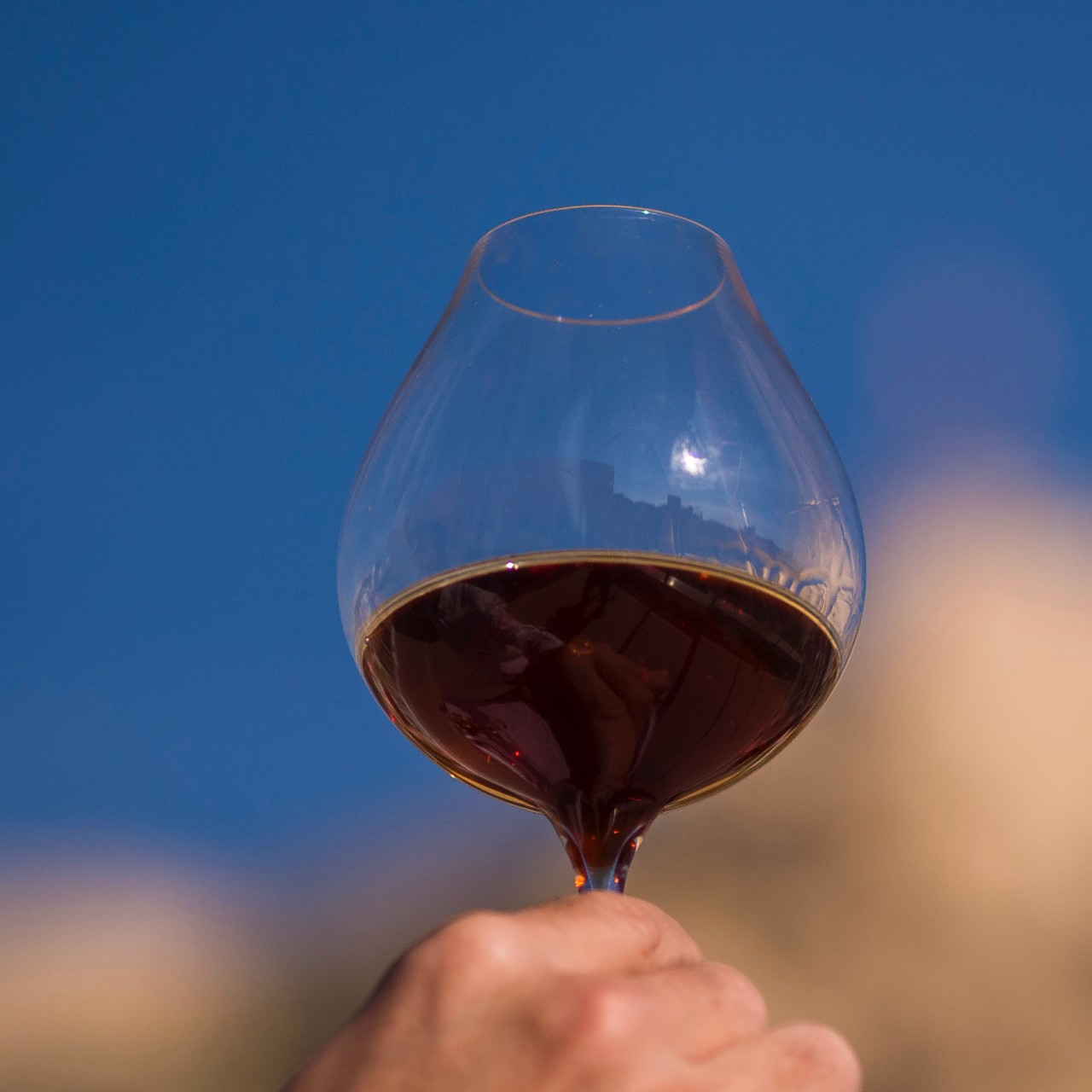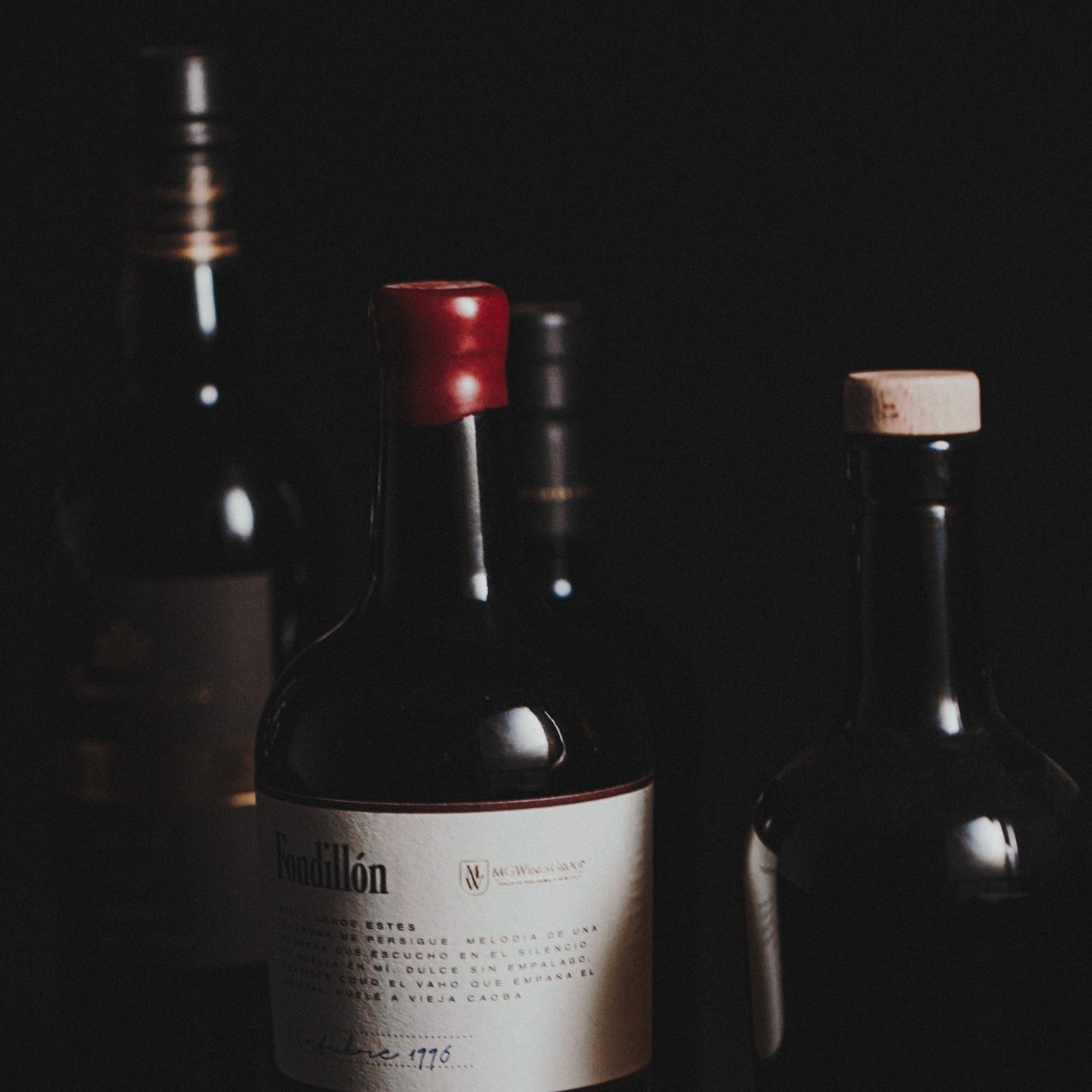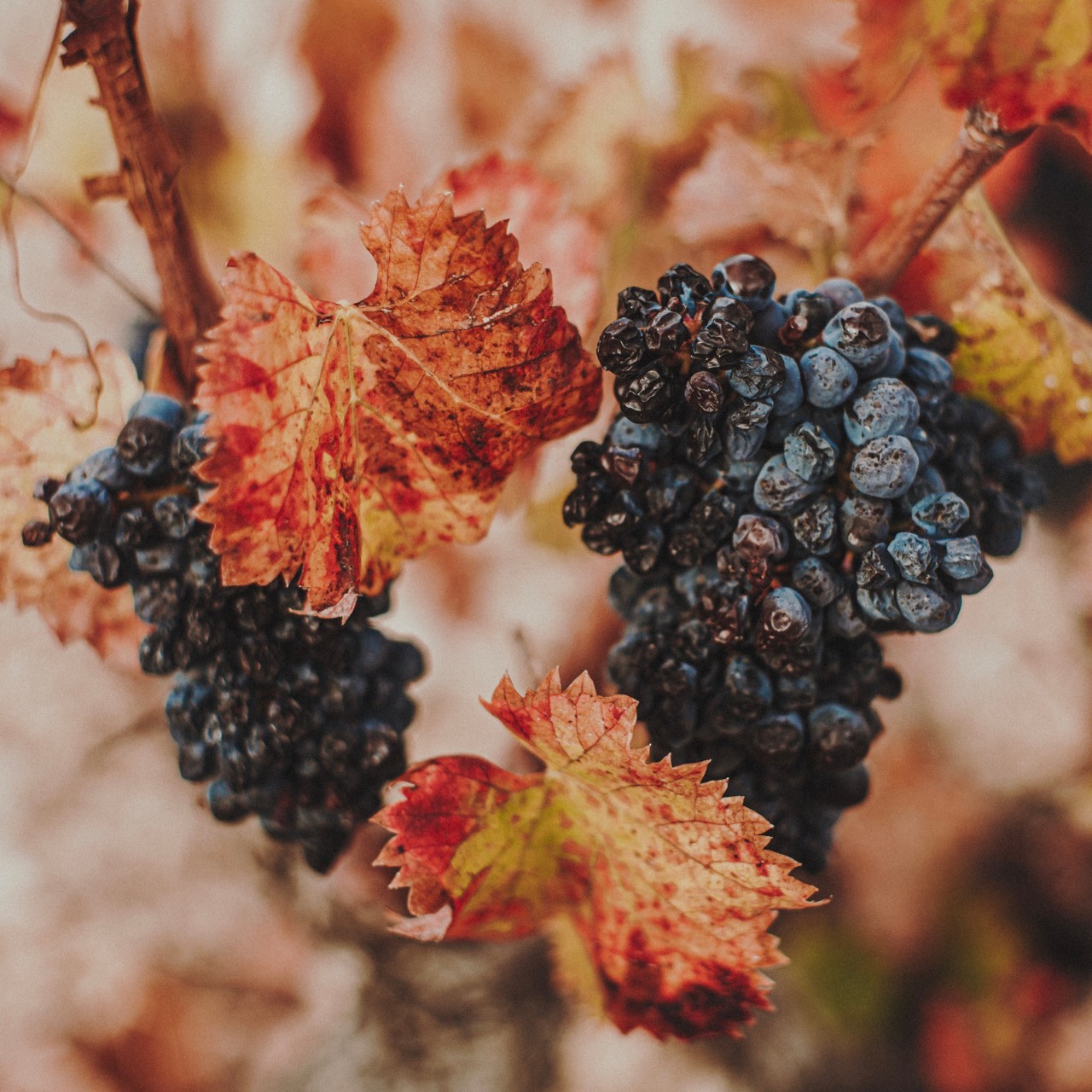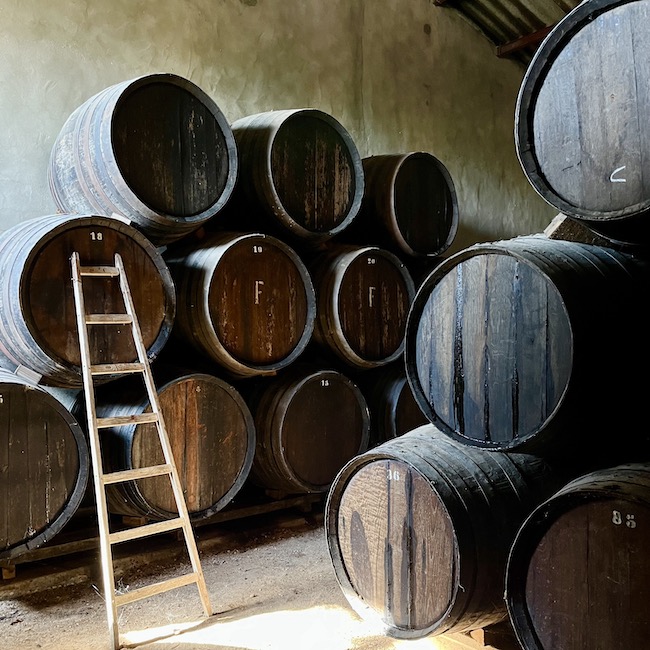by David Kermode - @mrvinosaurus
.png.transform/rendition-xs/image_image%20(1).png)
Made from Monastrell, this is a complex and limited-production gem: an incredible discovery for any wine lover

by David Kermode - @mrvinosaurus
Fondillón is to the wine world what buried treasure has always been to a novelist. Fascinating, vanishingly rare and tantalisingly rich in complexity, this small-production masterpiece tells the story of a bygone era, yet - at the same time - also finds itself perfectly positioned for the predilections of today’s wine lover.
Arguably the original ‘natural’ wine, Fondillón is a highly unusual semi-sweet red, unique to the hills inland of Alicante, made exclusively from one of the region’s native grapes, Monastrell. Like Sherry, it is produced in a solera system, but there the similarities fade, because Fondillón does not undergo fortification of any kind, with its alcohol content (a stipulated minimum of 16%) achieved by an over ripening, or raisining, of the grapes on the vine, with the process of shrinkage and dehydration intensifying both its concentration and natural sugar content.

Another crucial factor in the character of Fondillón is the ageing process: on release it must have a minimum average age of ten years, with a requirement that any wine entering the solera must already have been in barrel for at least four years. In reality, most examples released into the market will have been aged far longer than a decade. A mere half a dozen artisanal producers make the wine, with total production limited to a few thousand bottles each year, meaning scarcity is - alas - another of its distinctive traits.
A story of survival
The story of Fondillón is also one of survival, against the odds, for this most noble of wines has flirted with extinction over the last century. Once world famous, it was reputedly enjoyed by ‘the Sun King’ Louis XIV who even requested it be served to him on his deathbed, poured over cake. England’s Queen Elizabeth I was also said to be partial to its charms. Its relatively high alcohol level, combined with Alicante’s coastal location, meant it was well-suited to export by sea across the great trading routes of the globe. Sales boomed and the wine was much sought after until the arrival in Spain of phylloxera, then the Spanish civil war, followed by a revolution in production techniques that favoured the red wines, made from the Monastrell grape, to which we are accustomed today.

Though it was feared that the death knell had been sounded for Fondillón, a handful of the Alicante region’s producers and small co-operatives were determined not to lose their venerable star. Thanks to their efforts - and also those of the Consejo Regulador and European Union to protect its name and stipulate minimum standards for its production - Fondillón has witnessed yet another reversal in its fortunes, as enthusiasts satisfy their curiosity, while the wine zeitgeist favours provenance, artisanal methods and a lack of intervention in winemaking.
In recent years, as demand has increased, there have been occasional ‘discoveries’ of aged examples of Fondillón, with toneles and pipas (different sizes of large wooden vats) found in long-forgotten cellars dotted around its strictly defined production zone. Analysis has been undertaken to ascertain authenticity and approximate age, with such examples verified, before being snapped up by excited consumers.

It is one of a kind with nature playing a role in the winemaking - or lack of it,” says Pierre Mansour, head buyer for The Wine Society, which offered its UK members a rare 25-year-old Fondillón last year. “A wine that is left in barrel for decades in cellars with just the right conditions so that temperature, and humidity, enable a gentle oxidation of a wine made from super-ripe and healthy Monastrell grapes. Authenticity is what appeals to wine drinkers today and Fondillón has specific requirements which mirror this historic, almost mythical, wine style,” he adds.
So how does it taste?
A beguiling amber in colour, Fondillón offers a complex character usually described as rancio, with hazelnut, caramel, dried orange peel, prune and ripe fig amongst its many aromatic and flavour components. Some liken it to Amontillado, or aged Madeira, but the truth is that it boasts a distinctive personality that is entirely its own. Some choose to describe it as a ‘dessert wine’, but that would be to pigeonhole, for Fondillón is a gastronomic wine in itself which also offers a tempting range of potential pairings. Though it undoubtedly works very well with the sponge cake favoured by the Sun King, or sweet pastry, such as a custard tart, and even dark chocolate, its nuttiness is also very well matched to cheese (most especially anything blue-veined), olives, marinated red peppers, or delicate slithers of the finest freshly-sliced jamón Ibérico.

Fondillón’s lengthy production process and rarified nature mean that it can be a relatively expensive wine - with prices tending to begin around the 75 Euro mark - however, its extraordinary story and exceptional complexity, not to mention its further ageing potential, ensures there is now healthy demand for the latest releases of this singular wine. After all, can we really put a price on buried treasure?